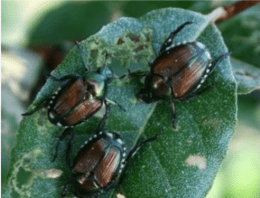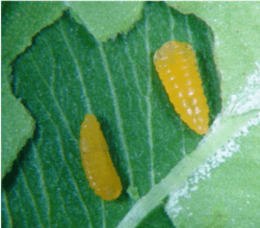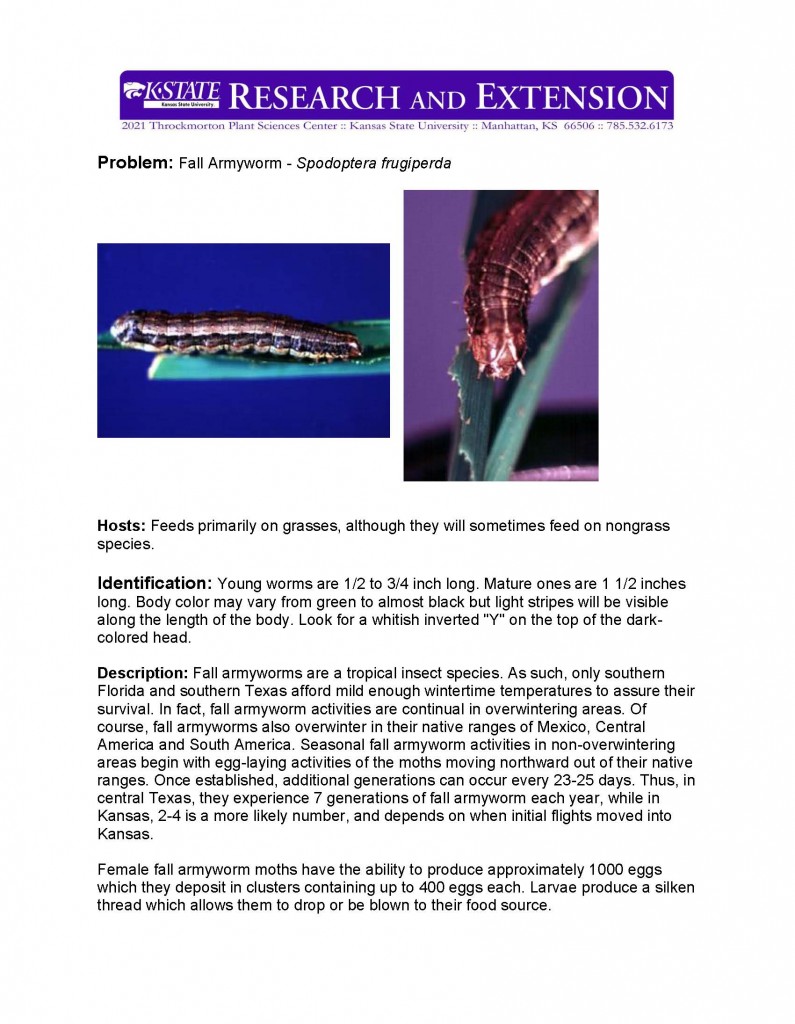By Raymond Cloyd, Horticultural Entomology/Integrated Pest Management

Japanese beetle, Popilla japonica, adults are present throughout Kansas feeding on many plants in landscapes and gardens, including: roses (Rosa spp), littleleaf linden (Tilia cordata), oak (Quercus spp.), Virginia creeper (Parthenocissus quinquefolia), crabapple (Malus spp.), grape (Vitis vinifera), and common garden canna (Canna x generalis).
The strategies to manage Japanese beetle adult populations are limited and have been for many years. The primary strategy involves spraying contact insecticides to kill the adults in order to reduce plant damage.
Japanese beetle adults are 3/8 to 1/2 of an inch long, metallic green with coppery-brown wing covers. There are approximately 14 white tufts of hair along the edge of the abdomen. Japanese beetle adults live up to 45 days feeding on plants over a four-to-six-week period. Adults feed on many horticultural plants including: trees, shrubs, vines, herbaceous annual and perennials, vegetables, fruits and grapes.
For more information including how to manage Japanese beetle adult populations, read the latest Kansas Insect Newsletter: https://entomology.k-state.edu/doc/extension-newsletters/2023/KSInsectNewsletter%2010.pdf



 Fall of 2021 created significant issues with fall armyworms. Since that event, Dr. Raymond Cloyd has updated information on biology and control of this insect. It does not overwinter in Kansas, so it’s presence is dependent upon movement of moths from the south to our region. See the details here:
Fall of 2021 created significant issues with fall armyworms. Since that event, Dr. Raymond Cloyd has updated information on biology and control of this insect. It does not overwinter in Kansas, so it’s presence is dependent upon movement of moths from the south to our region. See the details here:






